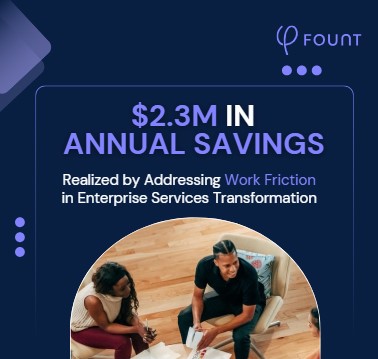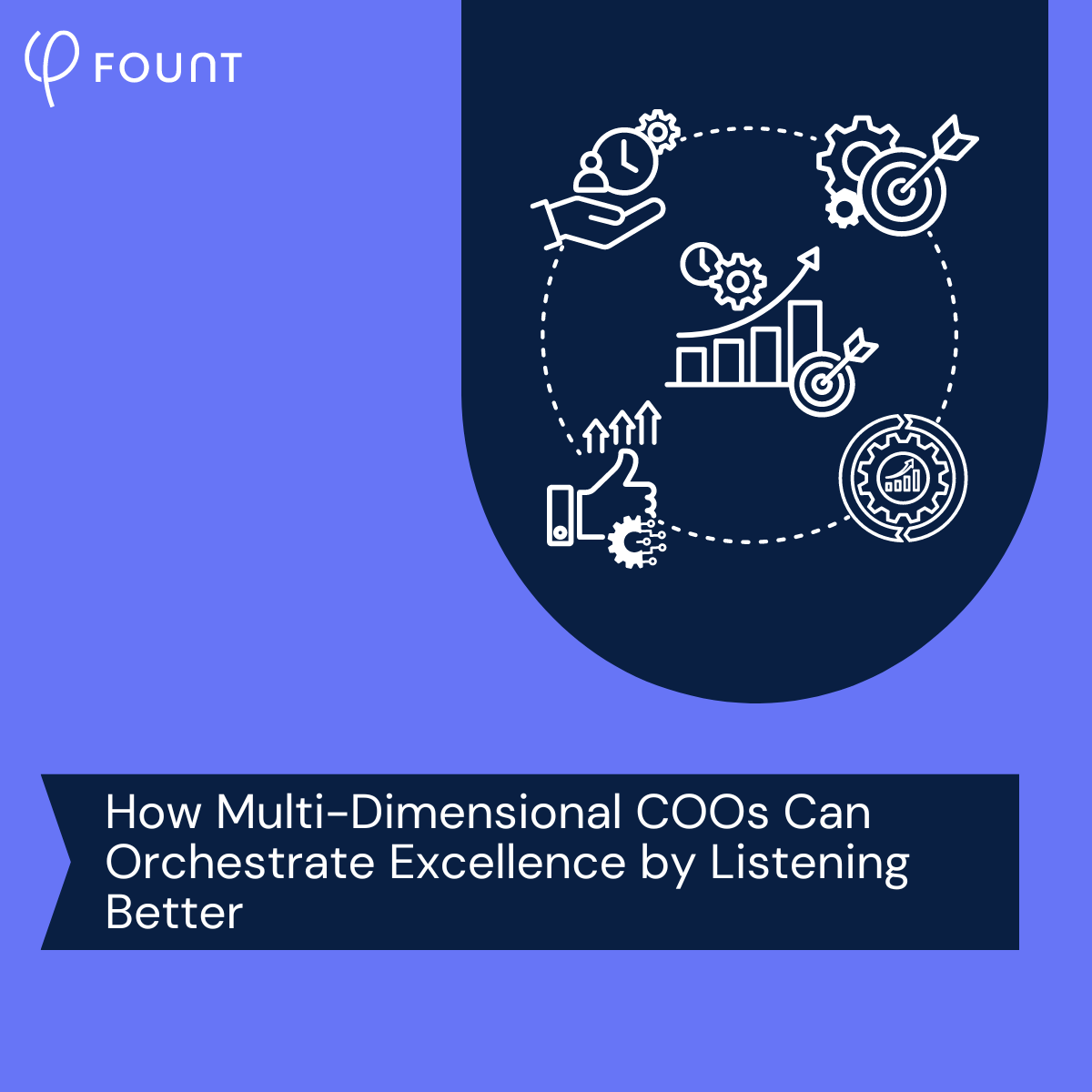Table of Contents
The Value – And Risk – of “Bottom-Up” Digital Transformations
A summary of the details of the article will go here.
Once upon a time, digital transformations were inherently top-down propositions. A company would roll out a new tech tool or software solution and everyone was expected to fall in line and start using it. And when things went wrong, employees just needed to muddle through while the company tried to fix things – while simultaneously smoothing things over with staff.
Bottom-up initiatives, true to their name, flip the script. They rely on employees to lead or at least willingly participate in the digital transformation through their changed behavior, rather than through an imposed requirement. AI projects are classic bottom-up initiatives – they only succeed if employees can readily see how the new tool will make their lives better.
Bottom-up transformations carry their own benefits and risks, some of which you can control (hint: make sure you have plenty of usable data) and others that are out of your hands. But the main differentiator is a shift in mindset – from one that involves a mandate to one in which your employees more fully participate. Here are some things to consider before you make a switch.
Taking a Bottom-up Approach to AI Projects
The success or failure of any AI project lies in whether your employees choose to use the product or tool in question. For example, let’s say you’re looking to introduce a new AI solution designed to help your software developers conduct technical discovery more quickly.
Under a generally successful version of this bottom-up scenario, you make the AI tool available to the developers as a possible solution, providing them with as much information and training as possible. The rest is up to them. As they begin to use the AI, they find that this crucial process is much easier to complete and the tool gains widespread adoption. There’s more to determining the ultimate success of your AI solution (read on), but this is a positive start.
In another scenario, let’s say your CTO introduces the new AI tool and requires your developers to use it. There’s an assumption here that AI will make things easier for them, but in practice they find the tool difficult to work with. Eventually, they abandon it in favor of their prior way of proceeding through technical discovery and the project stalls.
Judging the Effectiveness of a Bottom-up AI Project
The above examples illustrate a key truism for any bottom-up transformation – that is, if employees don’t see much value in an AI solution, they won’t use it and your project will fail. On the other hand, if the AI tool helps augment their work and / or reduce their pain points, you may be on the road to a successful transformation. But “success” in these kinds of situations can often be hard to pin down – how do you accurately measure productivity, after all?
This is where a better understanding of work friction can help guide a bottom-up AI project from the very beginning. What exactly is slowing your developers down in the technical discovery process?
Work friction data allows you to see where problem areas are happening before you ever choose an AI tool, giving you a better idea of whether the solution you’re considering will truly address your employees’ pain points.
Work friction data can also be used after the transformation rolls out to determine if there have been real gains in productivity, as evidenced by reductions in work friction. This will in turn give you a better handle on ROI for the project – a notoriously difficult-to-pin-down metric when it comes to AI.
The Pros and Cons of a Bottom-up Approach
Any digital transformation comes with its own unique benefits and risks, and a bottom-up approach is no exception. Some of the positive aspects of taking a bottom-up approach to an AI project like the software developer example above might include:
- It’s a more organic way to foster change. When employees embrace the technology of their own volition, you’re less likely to encounter wide-scale pushback or resistance.
- Because employees are willingly participating, there’s not as much need for massive and time-consuming post-rollout change management efforts.
- It’s a participatory process. Employees may pitch in to help solve problems that arise with the new tech because they’ve already gotten on board with the change.
- Because they weren’t forced into accepting anything, employees tend to feel more engaged with a bottom-up transformation – and more valued overall.
Of course, no digital transformation is a sure thing. Even a bottom-up approach carries its share of potential risks, including:
- If a bottom-up initiative doesn’t go well – that is, if your employees don’t pick up on the new technology or they refuse to use it – change management efforts or after-the-fact mandates probably won’t be very effective.
- If the AI doesn’t work like it’s supposed to or doesn’t deliver the value that employees are expecting, they’ll probably abandon it. And you may not get another shot to reconfigure things and try again – once employees have deemed the tech a failure and returned to the tools and processes they already know, it will be difficult to get them on board for a second attempt.
- If your employees get excited about solving the problem you’ve laid out but don’t necessarily like the AI solution you’ve offered them, they may turn to their own ideas for taking care of things. In this scenario, you’ll run the risk of having a network of unsupervised and difficult-to-manage “shadow IT” running beneath the surface of your organization.
None of the above benefits or risks necessarily represent a slam-dunk argument for or against a bottom-up approach, but all of them are worth keeping in mind as you prepare an AI project. And it’s worth noting that the more data you have to work with going in, the more likely you are to realize more of the benefits and sidestep some of the risks.
Does a Bottom-up Approach Make Sense for Your Digital Transformation?
Not every project (or even organization) is a good fit for a bottom-up approach. In each case, a company will have to weigh the benefits and risks of such a move. But having access to solid, actionable work friction data to determine how the project in question is likely to impact the day-to-day workflow and pain points of your employees is one of the best ways to evaluate its potential – and track its ultimate success or failure.
If you’re considering a bottom-up digital transformation, learn how we can help.
Related Resources
See all News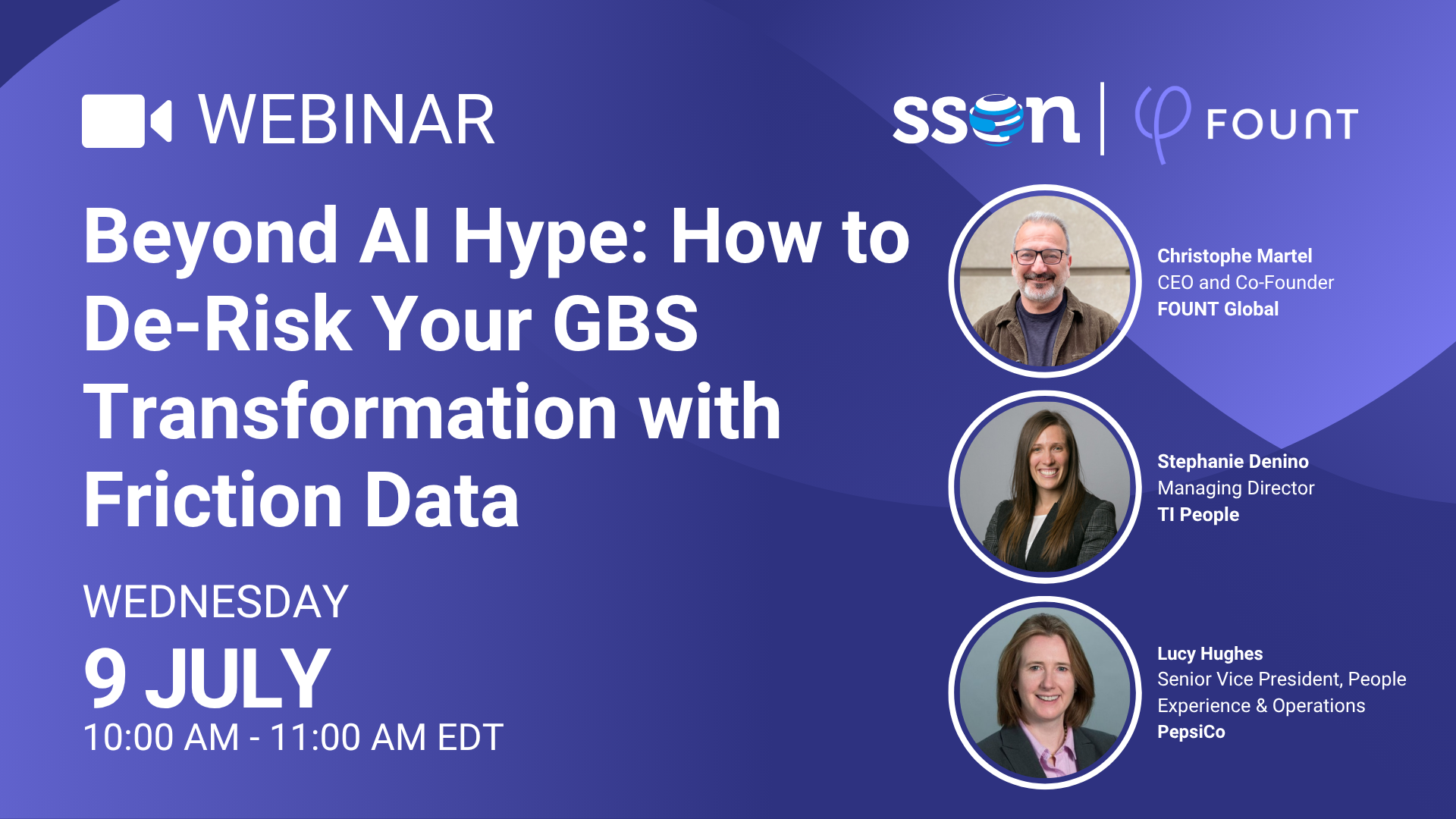
FOUNT News
LIVE Webinar. Beyond AI Hype: How to De-Risk Your GBS Transformation with Friction Data

Guest Post
3 Signs Your GBS Is Creating Friction Instead of Flow (And How to Fix It)
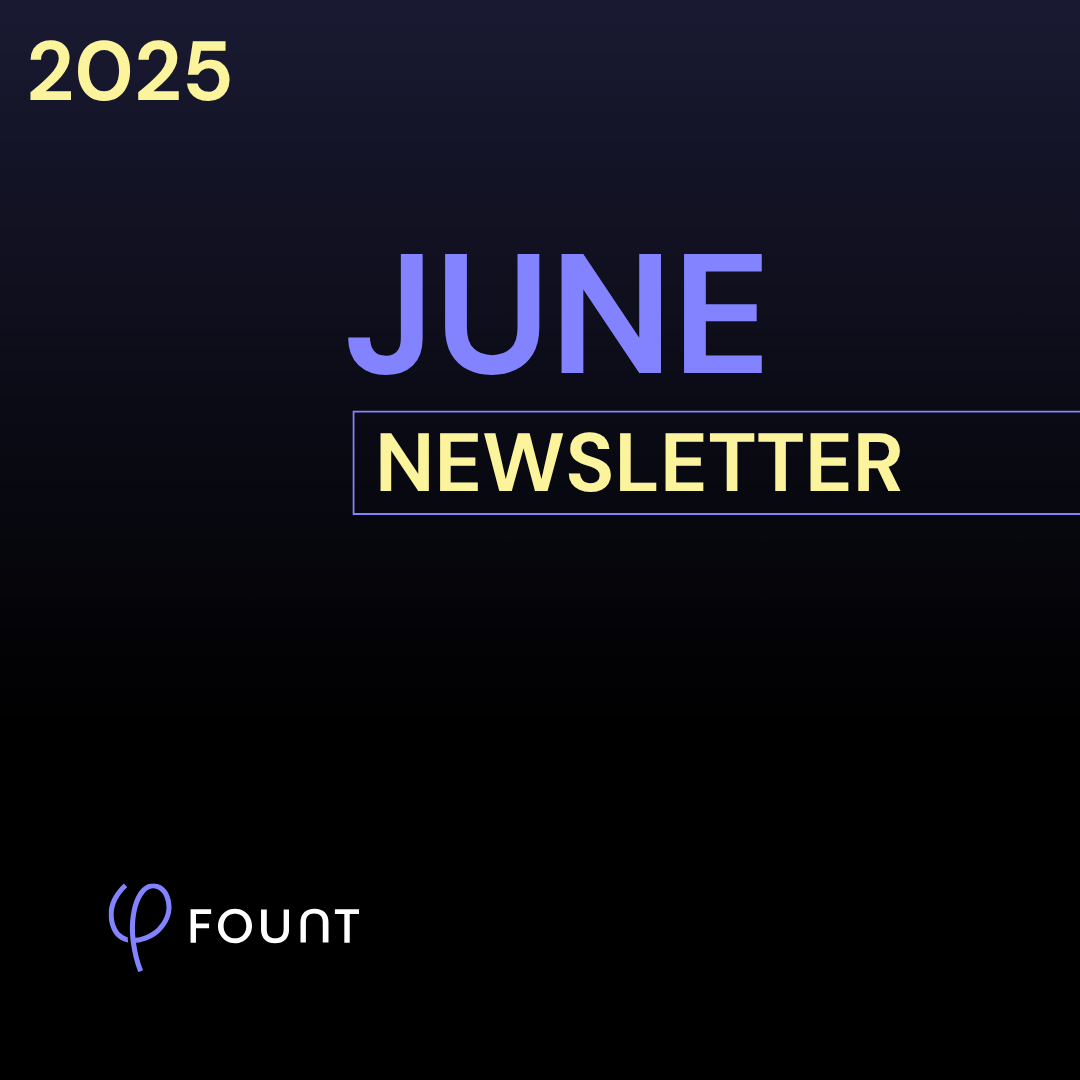
FOUNT News
June Newsletter: Friction is Killing Your AI ROI.

Insights
Breaking the False Tradeoff in GBS: Efficiency vs. Experience
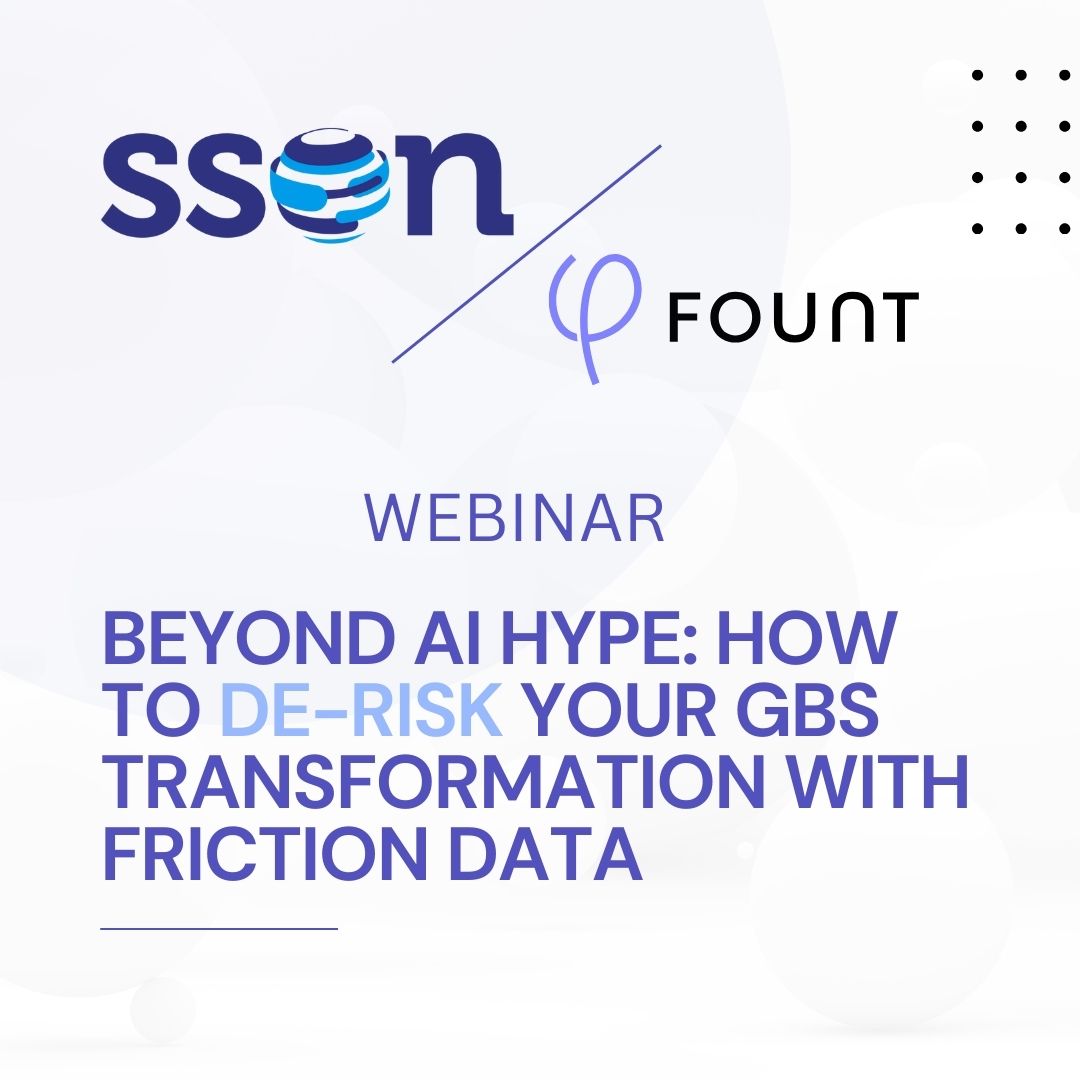
Events
LIVE Webinar – July 9th for SSON Network. Beyond AI Hype: How to De-Risk Your GBS Transformation with Friction Data

Insights
To Create New Value, GBS Leaders Need Different Data
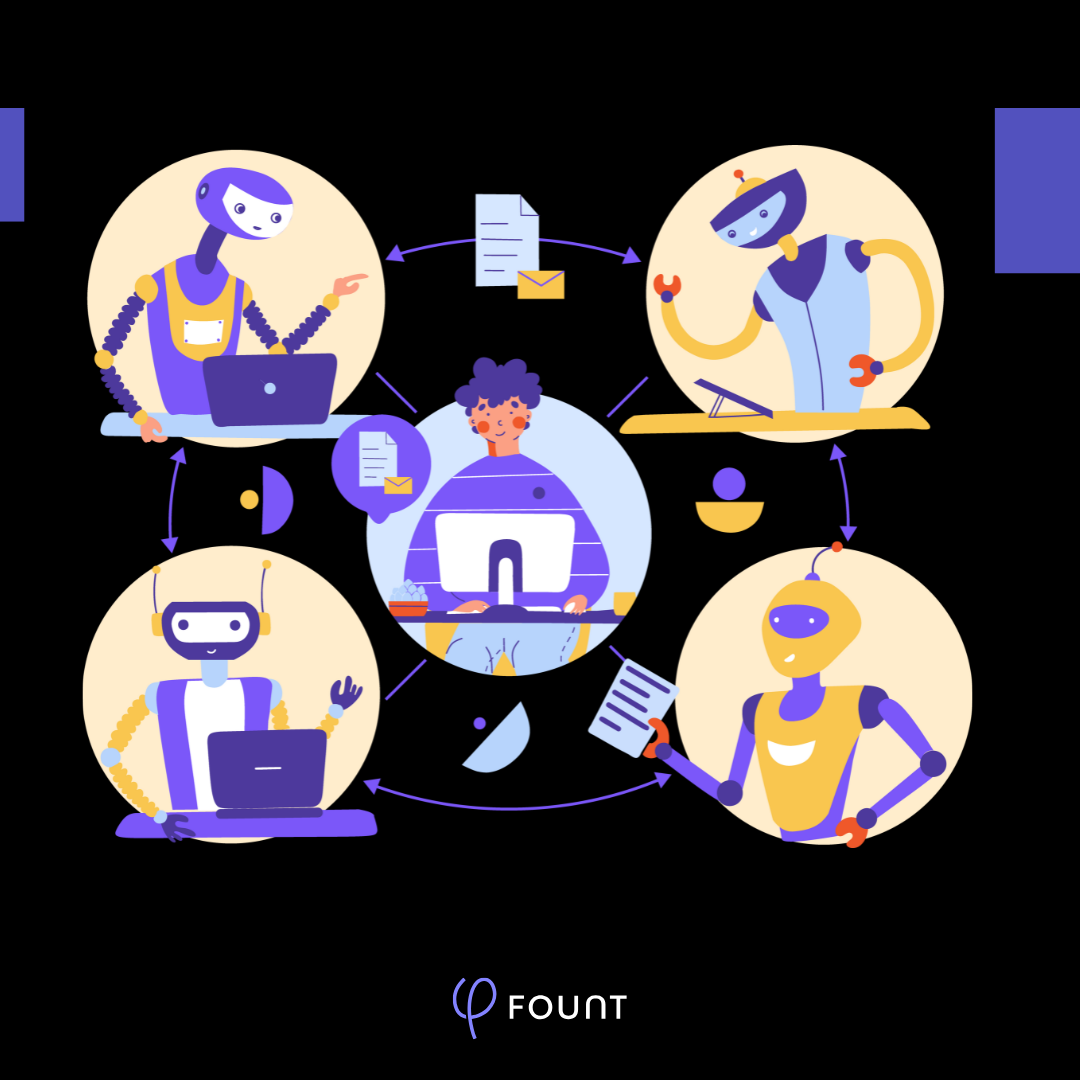
Insights
How to Keep Up with the Latest AI Developments
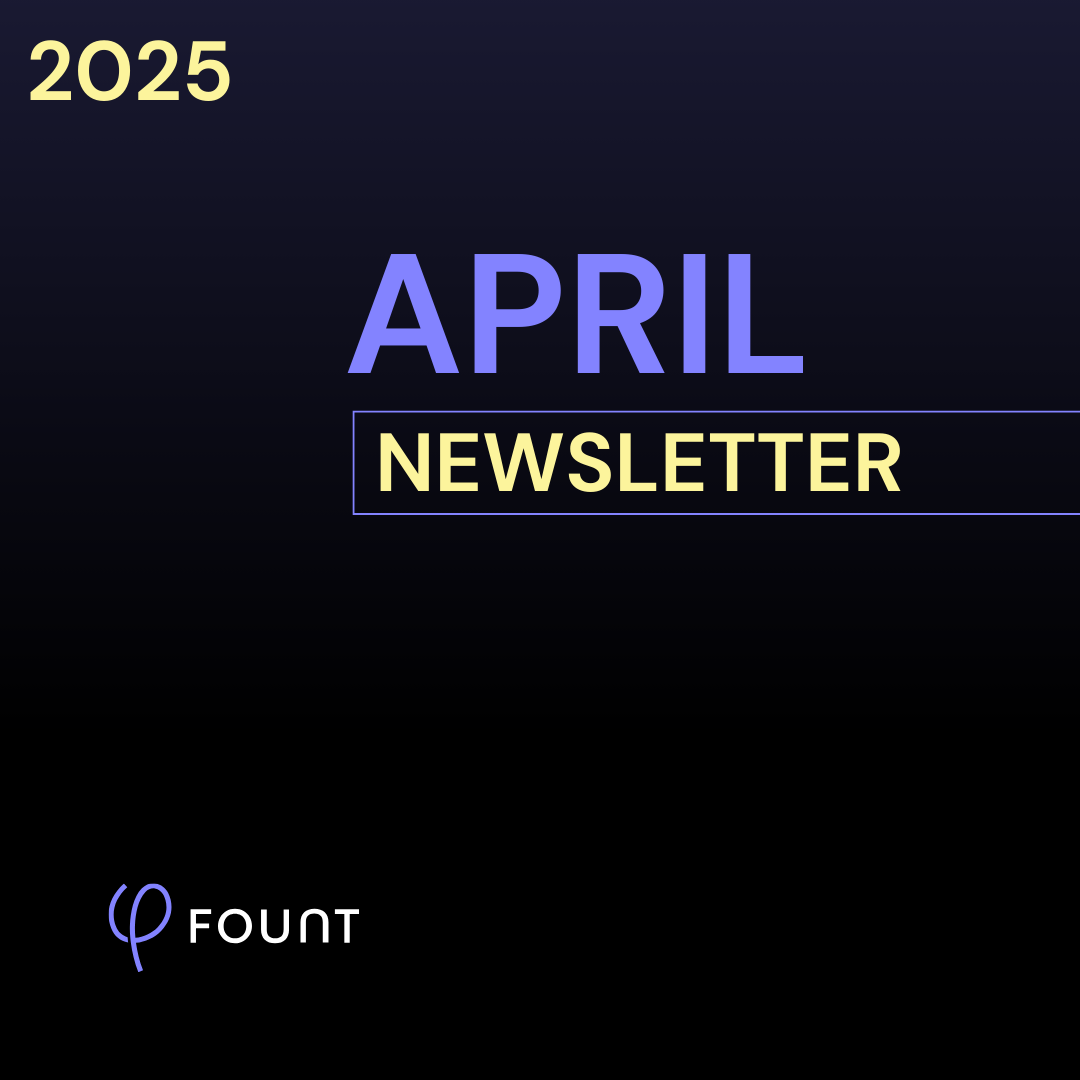
Insights
APRIL Newsletter. Friction: You Can’t Improve What You Can’t See
